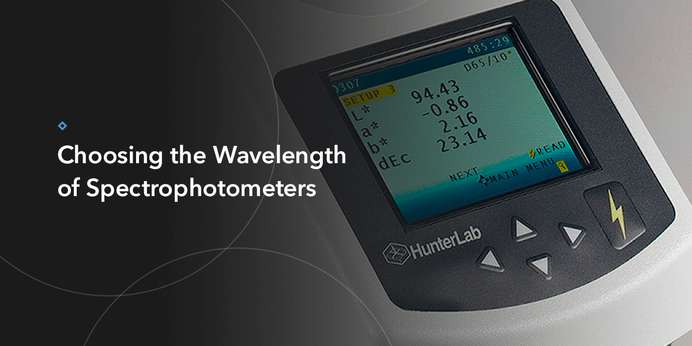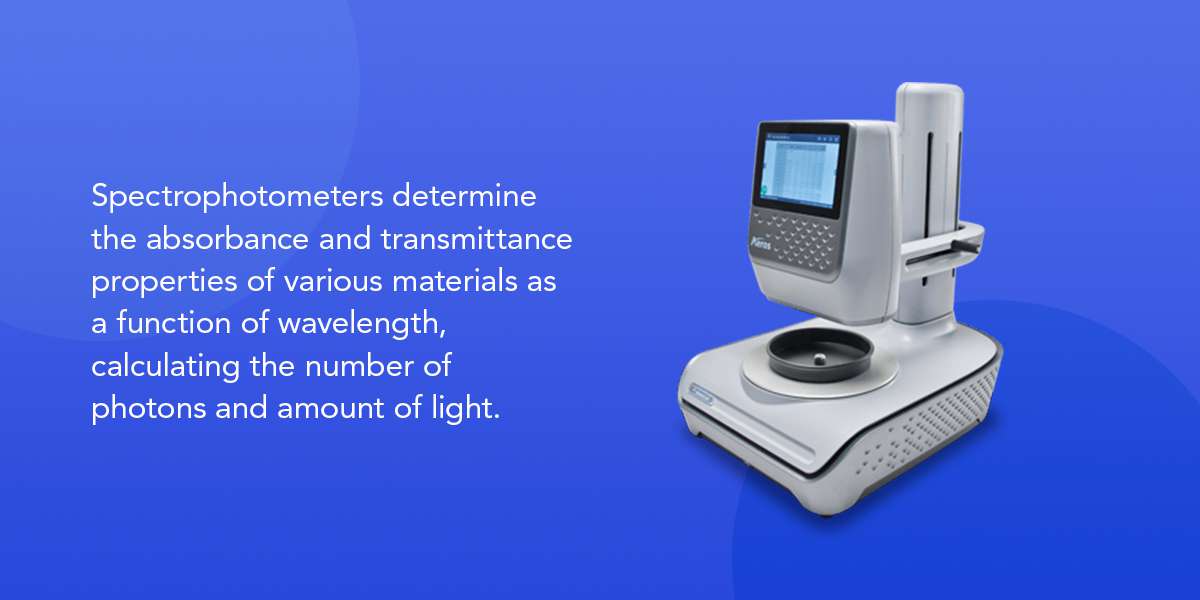How to Choose a Spectrophotometer’s Wavelength
When using a spectrophotometer, choosing the wavelength ideal for the property you’re measuring is critical. Because composition can vary significantly from one sample to another, optimum wavelengths can vary in size and type, including visible (VIS), ultraviolet (UV) and infrared (IR) wavelengths.
For absorbance, an IR spectrophotometer uses light over the IR range at 700 to 15,000 nanometers. In comparison, a UV-visible device utilizes light over the VIS range at 400 to 700 nanometers and the UV range at 185 to 400 nanometers.
VIS and UV spectroscopy reveal electronic transitions in atoms and molecules. Compounds that absorb only in the UV region are colorless, while ones that absorb in the visible region have color. Wavelengths for blue light range between 400 and 450 nanometers, and wavelengths for red light lie between 700 and 750 nanometers. If the wavelength is less than 400 nanometers, it is UV and has more energy.
An absorbance spectrum is a valuable tool in helping determine which wavelength is most useful. Typically, using a wavelength at maximum absorption provides the best results.



